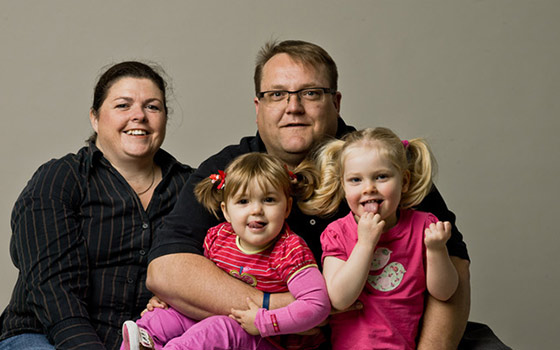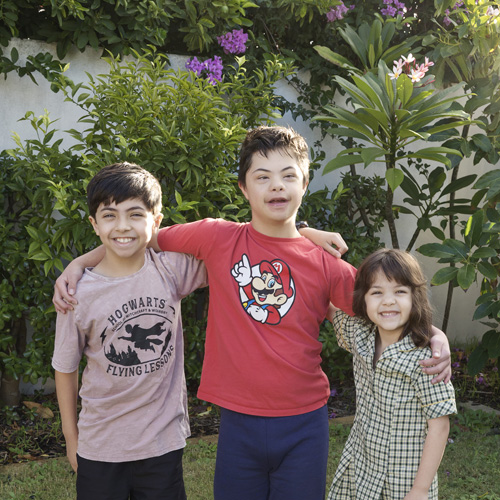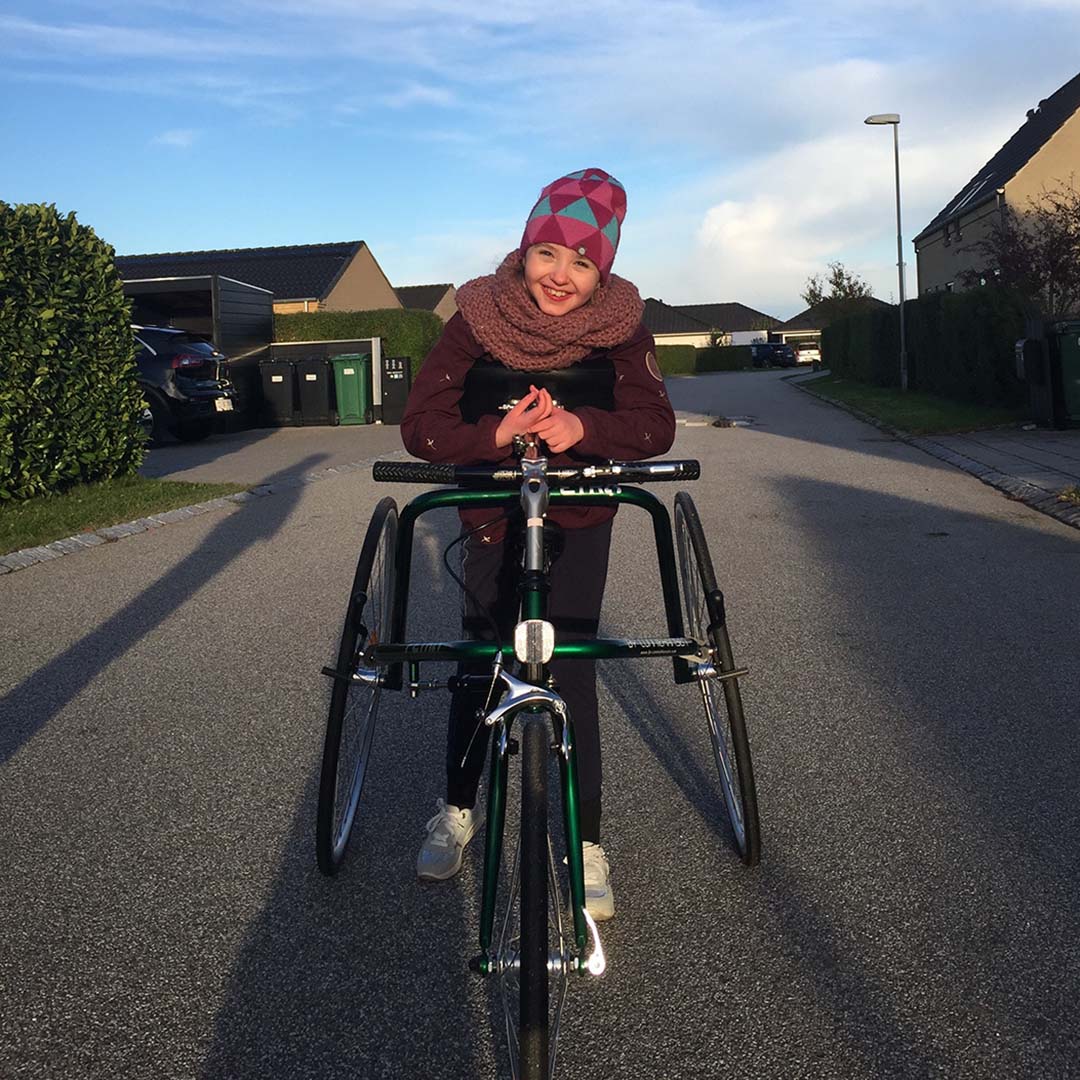The European Union defines rare diseases as those that affect fewer than 1 in 2000 people. There are between 5000 and 8000 rare diseases with new conditions being identified regularly due to improving genomic technologies.
Rare diseases are complex, chronic, and usually begin in childhood. Many are associated with intellectual disability. Children with rare diseases need appropriate supports and services to manage the complexities of their health needs, achieve their best functional abilities, engage productively in the community, and to have agency and control in their lives.
The aims of our rare diseases research are:
- To understand child and family experiences of rare diseases and what is important to the children and their families.
- To determine the prevalence of rare diseases and the risk factors for their health and quality of life.
- To identify the effectiveness of interventions that reduce difficulties and improve quality of life for people affected by rare diseases.
Our team has established databases to enable us to achieve our rare diseases research aims. Our work has involved children and families affected several rare diseases:
- Our work on Rett syndrome, the CDKL5 Deficiency Disorder and the MECP2 Duplication Disorder can be accessed here.
- We have also conducted research with Prader Willi syndrome and Neuromuscular disorders.
*If you are concerned about your child’s development, you should seek advice from a professional. Getting assessed will provide access to early intervention, education and support.
There are more than 7000 rare diseases
Approximately 80% have a known origin
Most rare diseases begin in childhood and they are usually complex
People living with rare diseases need coordinated care and support
There are more than 350 million people globally who are living with a rare disease
Collectively, rare diseases are common.







